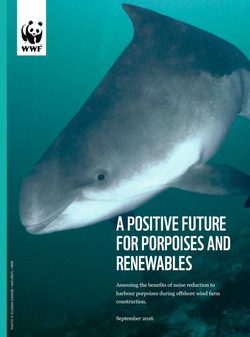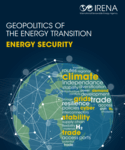News Release from windfair.net
Wind Industry Profile of
Environmental protection measures pay off – Offshore wind does not pose a threat to porpoises
Porpoises are always the centre of attention when it comes to offshore wind farms. The sensitive animals communicate with different clicks and whistles and use ultrasound for echoscopy for hunting, which is why they are dependent on their fine hearing for survival. In a successful hunting, a porpoise can catch over 500 fish in an hour – with a success rate of over 90 percent, as biologists have recently noted. It is therefore all the more important that the sensitive hearing of the animal is not damaged.
Above all, in the past decades, human activities have been a major cause of the widespread decline in the population of porpoises as a result of tourism, shipping, fishing (by-catch), whale hunting, poaching and, in particular, pollution. For several years now, the piling work of the construction of offshore wind farms in the North and Baltic Sea has become an additional stress factor for the animals.
In Germany, environmentalists and the Federal Maritime and Hydrographic Agency (BSH), as the responsible authority, have already thought about how to combine industry and nature conservation early on, which is why a noise ceiling was defined during the work in German waters. In addition, some work in defined areas can not be undertaken during crucial time periods for the animals.
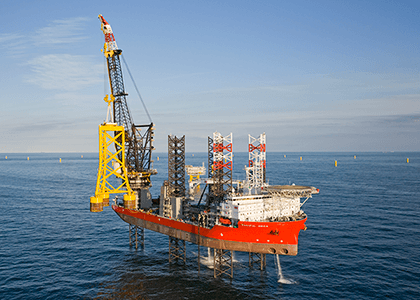 And even the industry has already made its contribution to the protection of the species. Over the years, more and more complex measures have been introduced to protect the flora and fauna of the ocean: bubble curtains and other noise protection measures are now standard in the piling work in the waters. Furthermore, alternative foundation structures are being worked on, as demonstrated by DONG Energy's Suction Bucket Jacket (see right image, (c) DONG Energy).
And even the industry has already made its contribution to the protection of the species. Over the years, more and more complex measures have been introduced to protect the flora and fauna of the ocean: bubble curtains and other noise protection measures are now standard in the piling work in the waters. Furthermore, alternative foundation structures are being worked on, as demonstrated by DONG Energy's Suction Bucket Jacket (see right image, (c) DONG Energy).
Now, for the first time, two studies show that these measures actually pay off. The German Offshore Wind Energy Forum (OFW) has commissioned three research companies (BioConsult SH, IBL Umweltplanung and IfAÖ) two years ago to investigate the disturbance effects of piling on porpoises in the German EEZ of the North Sea. Several wind farm operators and developers who built eight offshore wind farms with a total of 400 foundations in the German Bay between 2009 and 2013, or are currently planning further wind farms, provided their investigation details for the construction of the wind farms. This information has been supplemented by the number of porpoise counts of seven other projects, which were still in the planning phase.
In addition to details on the foundation installation, the investigations were based on data from hydro-sound measurements as well as C-POD and aircraft-based observations of the porpoise occurrences. For the first time, a large part of the knowledge of individual wind farm projects for the German Bight was put together and transferred into a common data base. This comprehensive and worldwide unique data set was evaluated in a two-year project and summarized in a comprehensive study.
This study points out that the animals show a short-term meteoric action during the immediate piling work, which can be observed for all pile events with and without noise protection from a value of 143 decibels at a distance of up to 17 km. In the exclusive view of pile events with noise protection measures, the animals only avoid the area up to a distance of 14 km. But even in the vicinity with sound levels of more than 155 decibels, not all animals left the area. "The study shows that offshore wind farms have no negative impact on the population of porpoises," commented Ursula Prall, CEO of OFW. The porpoise population remained constant, despite of ever-increasing foundation work and the fact that the development and use of soundproofing measures was still in its infancy during the investigation period.
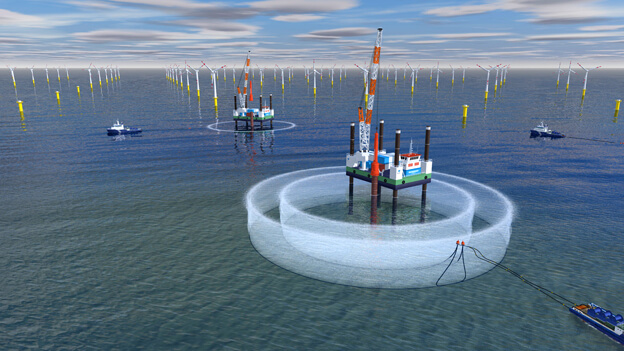
3D illustration of the use of Big Bubble Curtain technology to mitigate underwater noise. (Image: (c) Wikipedia Commons)
It is of course possible to imply a certain degree of partiality to the OFW, as the Forum hides a group of different companies from the offshore sector, among others Dong Energy, EnBW, E.ON, Iberdrola Renovable, innogy, Tennet and Vattenfall.
However, the industry has now been receiving support from an unexpected direction: In Great Britain, nature conservation organization WWF has also adopted the topic and published its own study these days. With almost the same result: if noise controls and other protective measures are observed, work in the North Sea has no negative impact on porpoises.
Great Britain does not have a noise ceiling like Germany, but instead there are protected areas where human activities are severely restricted. Some of the designated areas for offshore wind farms are, in turn, overlapping with these conservation zones so that the government has imposed individual regulations on the operators of the farms. For example, DONG Energy is allowed to construct the largest offshore project of 1.8 gigawatts, Hornsea Project Two, only if they include noise mitigation measures. This includes compliance with the animals' rest periods.
However, for environmentalists, it is all the more important that scientists and industry alike ascertain the specific effects of the expensive noise protection measures. The study concludes that a reduction of 8 dB in all construction activities in the North Sea will reduce the probability of an annual decline in the population of porpoises of 1 percent by 92 percent. Regarding the regulations in other countries, the study praises Germany as an example with stricter protection and phrases hope for introducing appropriate laws in Great Britain.
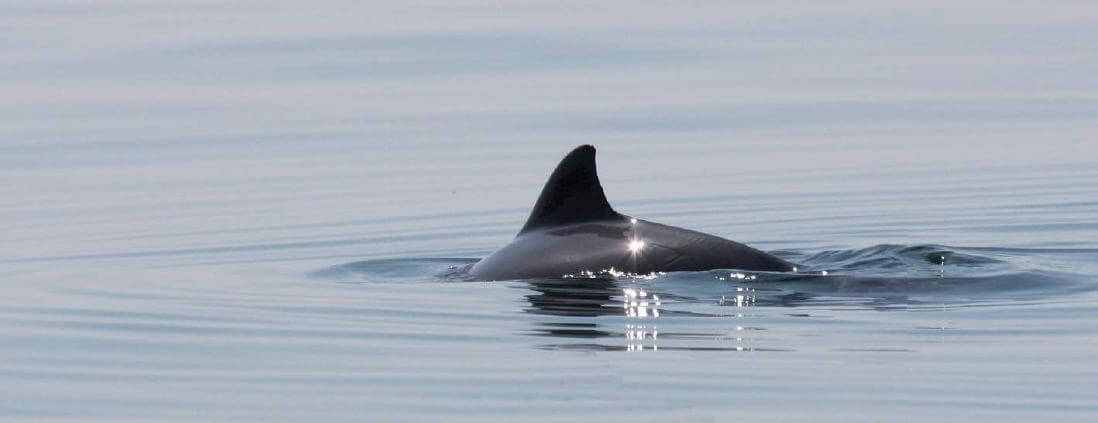
Porpoise in the water (Image: OFW)
Ultimately, both studies conclude that industry and environmental protection need not be in conflict with each other. If the industry continues to adhere to some rules, the living and working together of humans and animals in the North Sea is still possible without any problems.
- Author:
- Katrin Radtke
- Email:
- kr@windfair.net
- Keywords:
- offshore, environment protection, WWF, OFW, study, porpoise


